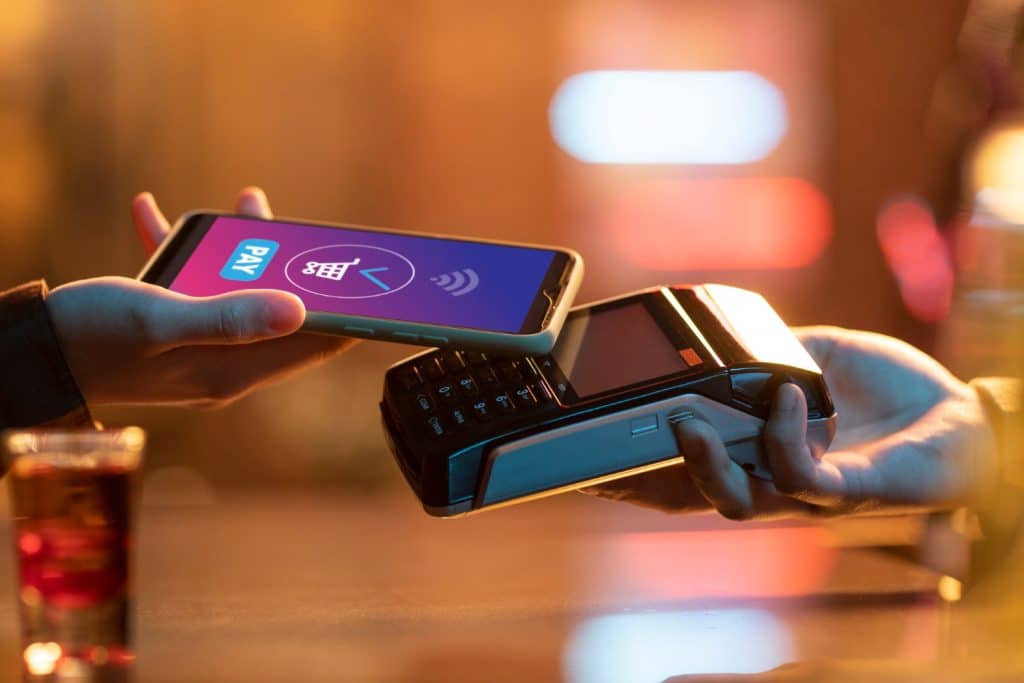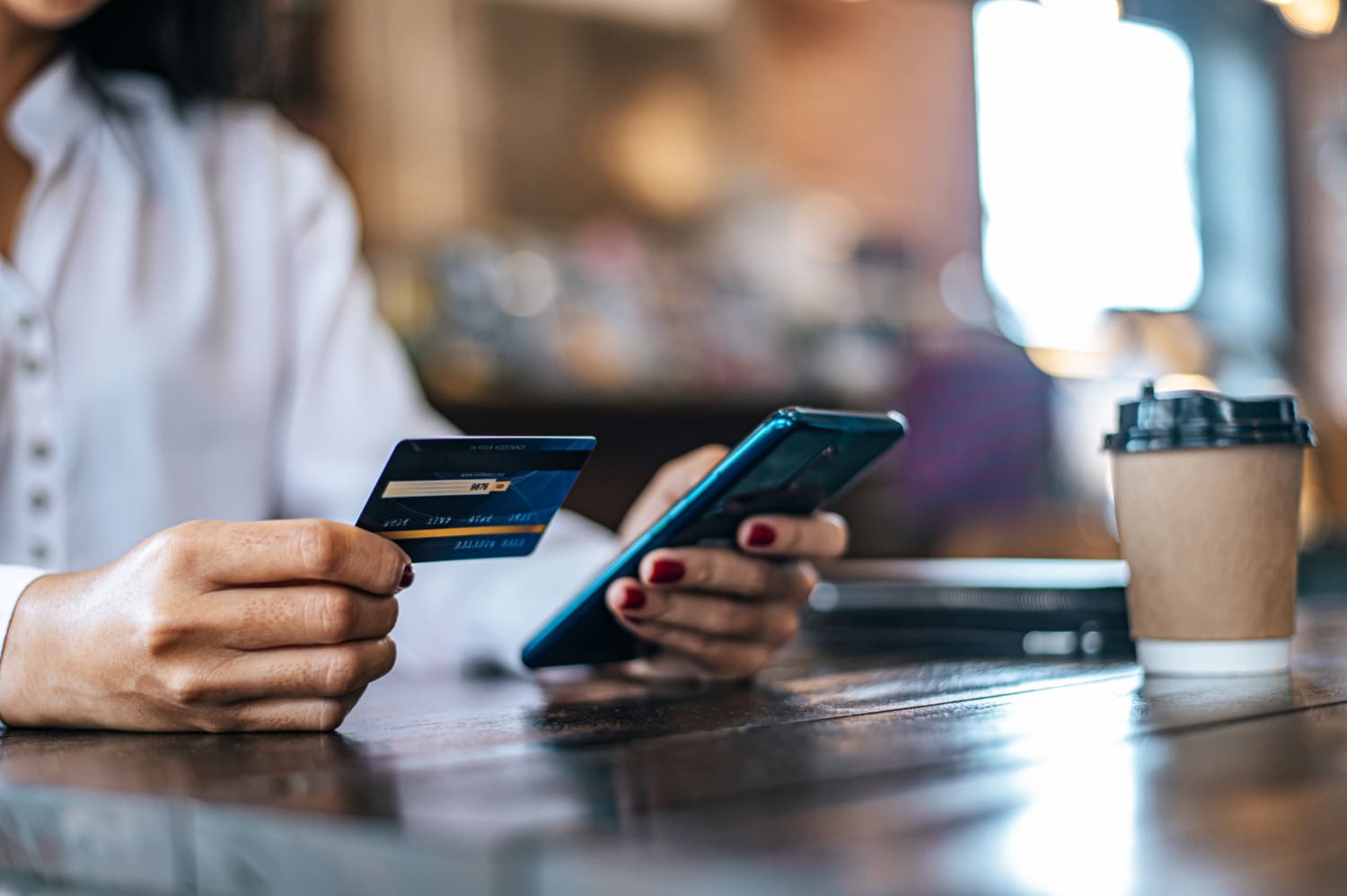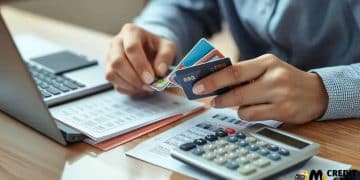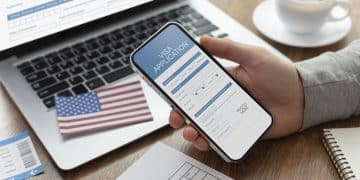Debit card: your ally for purchases and financial control

Anúncios
One of the most widely used financial tools today is the debit card, which offers convenience, speed, and control over your spending.
In the modern world of personal finance, understanding how payment methods work is essential for managing your money wisely.
But do you really know everything you should about how a debit card works, when it’s best to use one, and how to keep it safe? If you’re looking for a practical guide that explains everything from usage to security tips, you’re in the right place.
Anúncios
In this article, we explore what a debit card is, how to get a debit card, and how to make the most out of it safely. Stay with us until the end and discover why this card can be one of your best financial allies.
What is a debit card, and how does it work?
A debit card is a payment card that allows you to spend money by withdrawing directly from your checking account.
Unlike a credit card, which uses borrowed money, a debit card limits you to the funds you already have.
Anúncios
When you swipe, insert, or tap your debit card at a store, the amount is instantly deducted from your bank balance.
It can also be used to withdraw cash from ATMs and, in many cases, for online purchases. To get a debit card, you typically need to have a checking account with a financial institution.
Once your account is set up, the bank issues a debit card linked to that account.
Whenever you use the card, the transaction is processed through a secure network, and your balance is updated in real-time.
Most debit cards come with a PIN (Personal Identification Number) for added security, especially for ATM withdrawals and point-of-sale (POS) purchases.
When is it a good idea to use a debit card?
Using a debit card is ideal when you want to keep track of your spending. Since it limits transactions to the amount you already have in your account, it helps you avoid debt.
It’s perfect for everyday purchases like groceries, gas, and dining out. Unlike credit cards, debit cards typically don’t come with interest or monthly bills, making budgeting simpler.
Another great time to use a debit card is when withdrawing cash. You can instantly access your money through thousands of ATMs nationwide.
It’s also a great tool for those learning to manage their finances or who prefer not to risk overspending.
Do debit cards have fees?
While debit cards typically come with low or no usage fees, some charges may apply depending on your bank or how you use the card.
Common fees include out-of-network ATM withdrawal fees, overdraft fees if your account balance falls below zero, and potential foreign transaction fees when using your card abroad.
Many banks offer free debit cards as long as you follow certain usage guidelines, such as maintaining a minimum balance or using in-network ATMs.
Be sure to read the fine print when opening a checking account to understand the full cost structure of your debit card.
While it’s easy to get a debit card, avoiding unnecessary fees requires a bit more attention.

What are the differences between a regular debit card and a prepaid debit card?
While both cards allow users to make purchases and withdraw cash, a regular debit card is linked to a bank account, whereas a prepaid debit card is not.
With a standard debit card, your purchases are drawn directly from your checking account.
Prepaid debit cards, on the other hand, require you to load money onto the card before use, and once the balance runs out, you must reload it manually.
Prepaid debit cards can be helpful for people who don’t qualify for a traditional bank account or who prefer to strictly control spending.
However, they often come with more fees—such as activation fees, monthly maintenance fees, and ATM withdrawal fees.
So, while getting a debit card linked to a checking account may offer more flexibility and lower fees, prepaid options are still useful in certain scenarios.
Here’s a detailed comparison between the two types of cards:
| Feature | Regular Debit Card | Prepaid Debit Card |
| Linked to a bank account | YES | NO |
| Reload Required | NO | YES |
| Spending Limit | Up to your account balance | Up to preloaded amount |
| Fees | Generally minimal or none | Often higher, varies by provider |
| Best for | Banking and everyday purchases | Budgeting or those without bank access |
This table simplifies the key differences and helps you decide which card best suits your financial needs.
If you’re considering your first debit card or exploring how to get a debit card, knowing the pros and cons of each option will make you a more informed consumer.
What’s the difference between a debit card and an ATM card?
Although the terms are sometimes used interchangeably, debit cards and ATM cards are not the same.
A debit card can be used for ATM transactions as well as in-store or online purchases. It’s connected to your checking account and supported by major payment networks like Visa or Mastercard.
An ATM card, however, is generally limited to cash withdrawals and balance inquiries at ATMs.
It does not support point-of-sale transactions or online purchases. Some banks still issue ATM-only cards, but most have phased them out in favor of multifunctional debit cards for added convenience.
So, if you’re wondering how to get a debit card that works everywhere, start by opening a checking account with a bank that offers Visa or Mastercard-branded options.
What to do if your debit card is lost or stolen
Losing your debit card can be stressful, but acting quickly can minimize damage. As soon as you notice your card is missing, contact your bank to report the loss and request a freeze or cancellation.
Most financial institutions offer 24/7 customer service for such emergencies and can issue a replacement card within a few business days.
Thanks to the Electronic Fund Transfer Act (EFTA), your liability for unauthorized transactions is limited—especially if you report the loss promptly.
If you notify your bank within two business days, your maximum loss is $50. Waiting longer could increase your liability, so time is critical.
Tips to keep your debit card safe
Keeping your debit card safe is essential to protect your money. First, never share your PIN with anyone and avoid writing it down.
Use ATMs in well-lit, secure locations and watch out for card skimmers or suspicious devices attached to machines.
Always monitor your bank account for unfamiliar transactions and set up alerts to quickly detect unauthorized use.
Avoid using public Wi-Fi when shopping online and only buy from trusted, encrypted websites.
If your bank offers two-factor authentication or biometric login through its app, enable these features for added security. Staying vigilant is the best way to protect your funds.
How to get a debit card
If you’re wondering how to get a debit card, the process is simple. The most common method is to open a checking account with a bank or credit union.
Most financial institutions offer instant debit card issuance or will mail the card to you within a few days of opening your account.
You’ll need to provide identification and personal information such as your Social Security number, proof of address, and employment details.
Some online banks also allow you to open an account and receive a virtual debit card immediately for online purchases, with a physical card sent shortly after.
Be sure to compare banks to find one that offers a free checking account, no minimum balance requirements, and wide ATM access.
If you’re under 18, you may need a parent or guardian to sign or open a joint account.
Many banks now offer teen accounts with parental controls and debit card access to help young users learn financial responsibility.
What to watch out for when using a debit card
While debit cards are convenient, users should be aware of certain risks.
Because debit cards withdraw directly from your bank account, fraud or unauthorized charges can have an immediate impact on your available funds.
Unlike credit cards, which usually come with stronger fraud protections, debit card users must act quickly to minimize potential losses.
Avoid using your debit card for large online purchases or with businesses of questionable security.
Also, some hotels and gas stations may place temporary holds on your account, reducing your available balance.
Always review your statements regularly and know your bank’s fraud policies to avoid surprises.
A debit card is more than just a piece of plastic — it’s a powerful tool for managing your money wisely.
By understanding how it works, knowing how to get a debit card, and following smart usage tips, you can maximize the convenience it offers while minimizing the risks.
If you’re new to personal finance or simply looking to improve your money habits, a debit card is a great place to start.
We hope this guide helps you understand everything you need to know about debit cards.
For more financial tips, guides, and up-to-date advice on banking and personal services, keep exploring our site for more trusted content on your financial journey!
Want a suggestion? Also read our guide explaining how an unsecured loan works.





